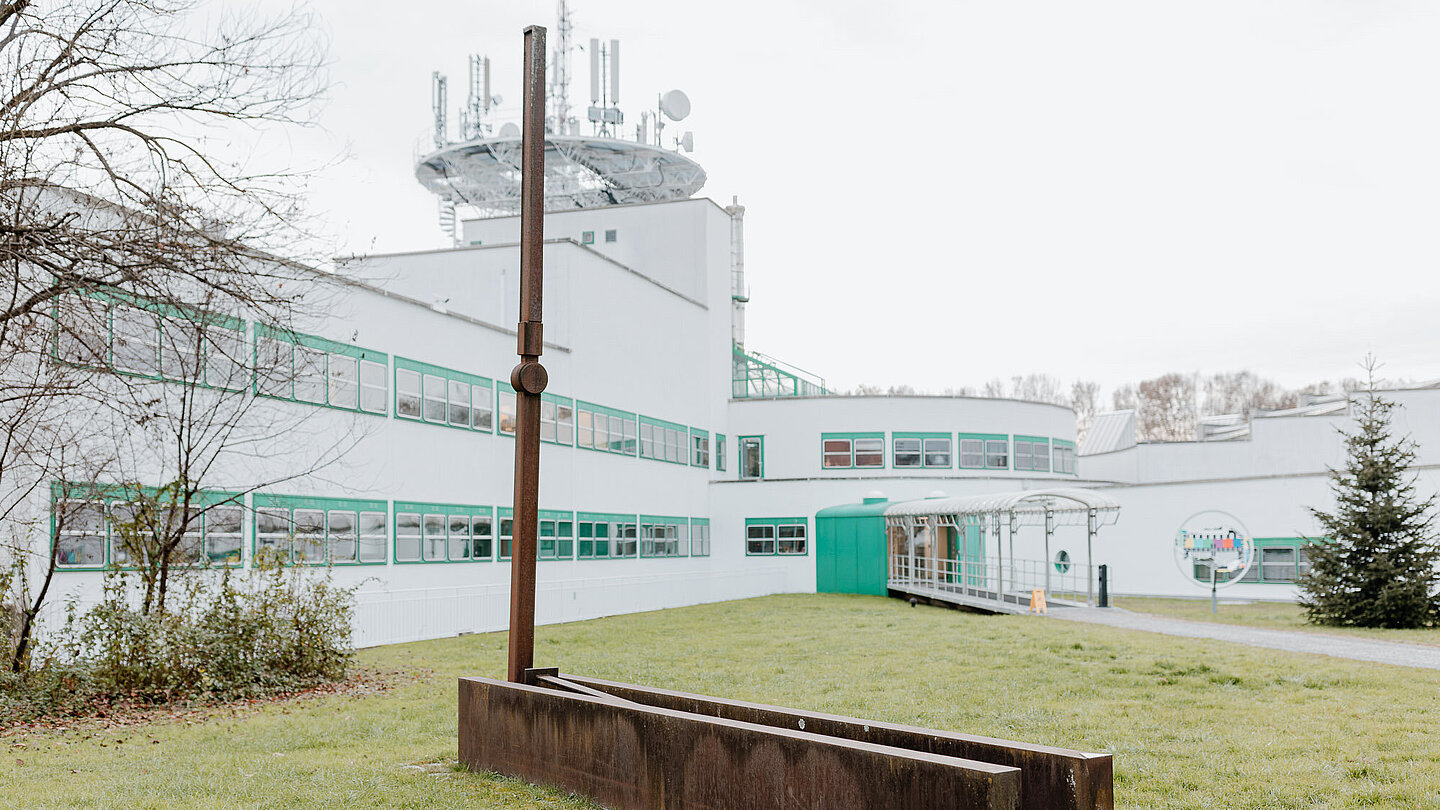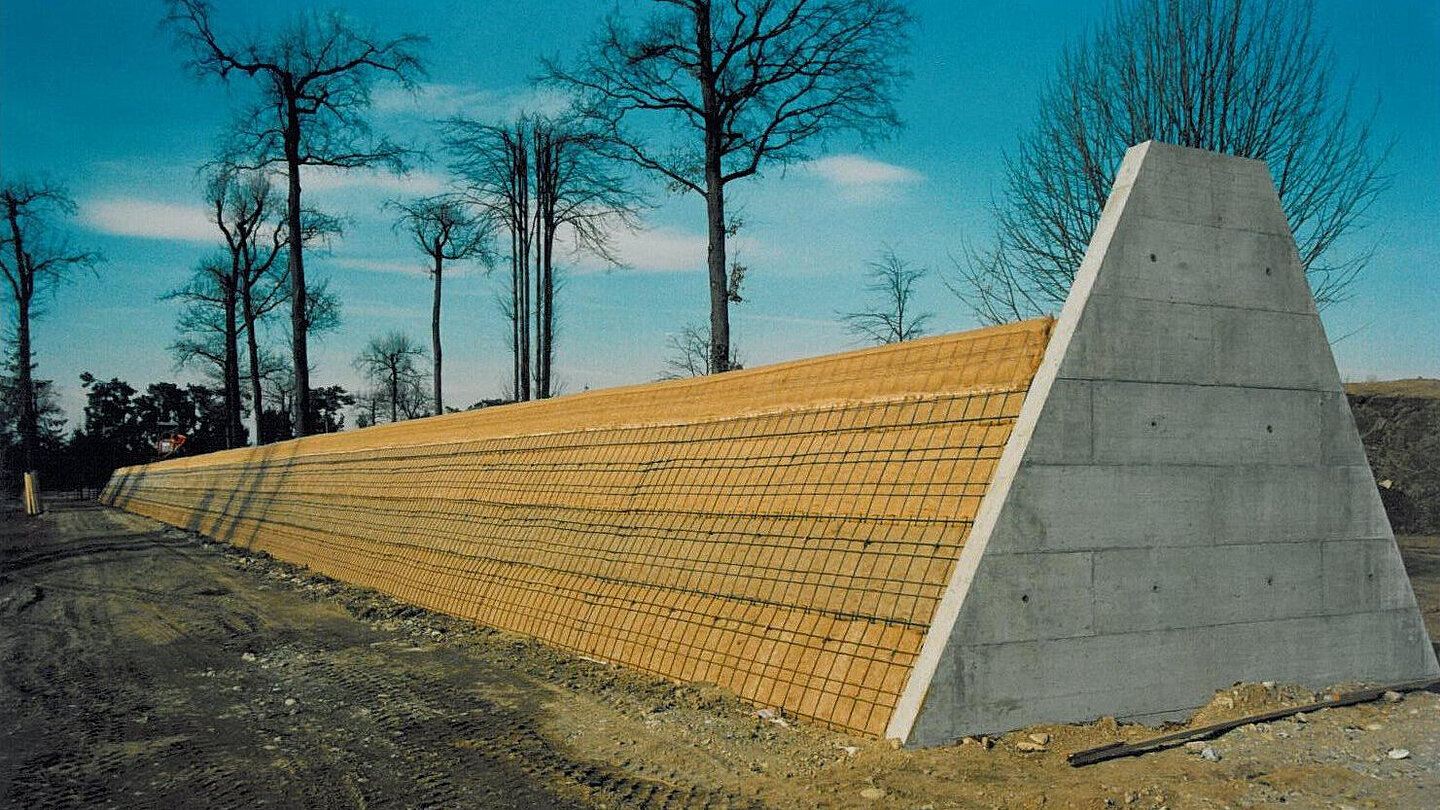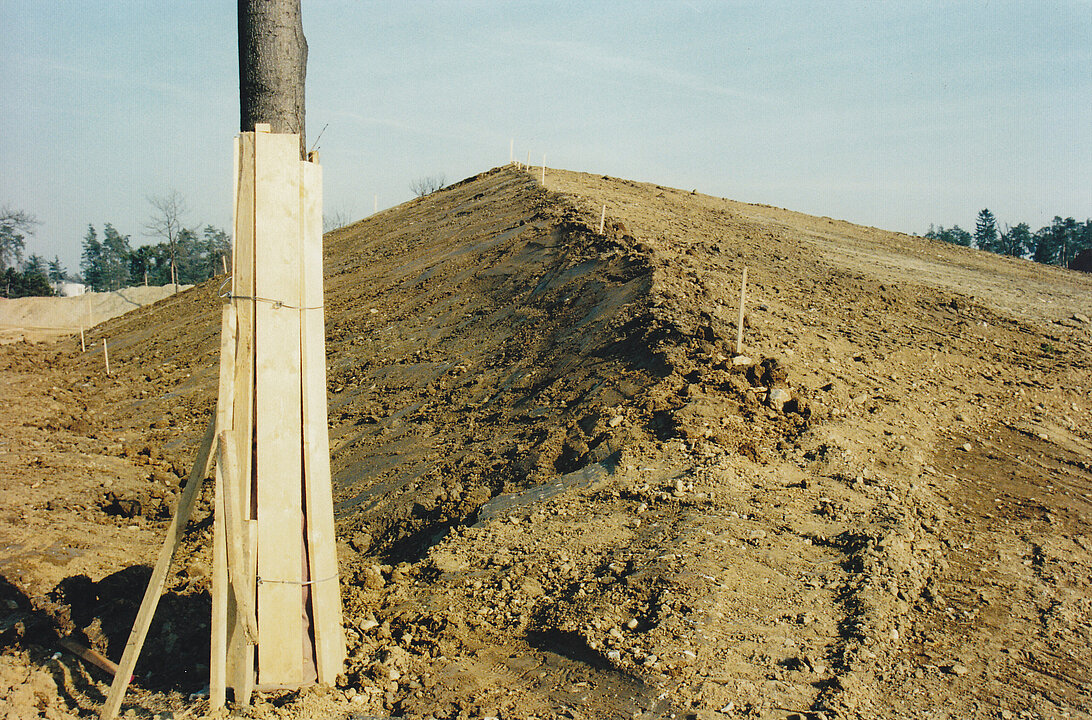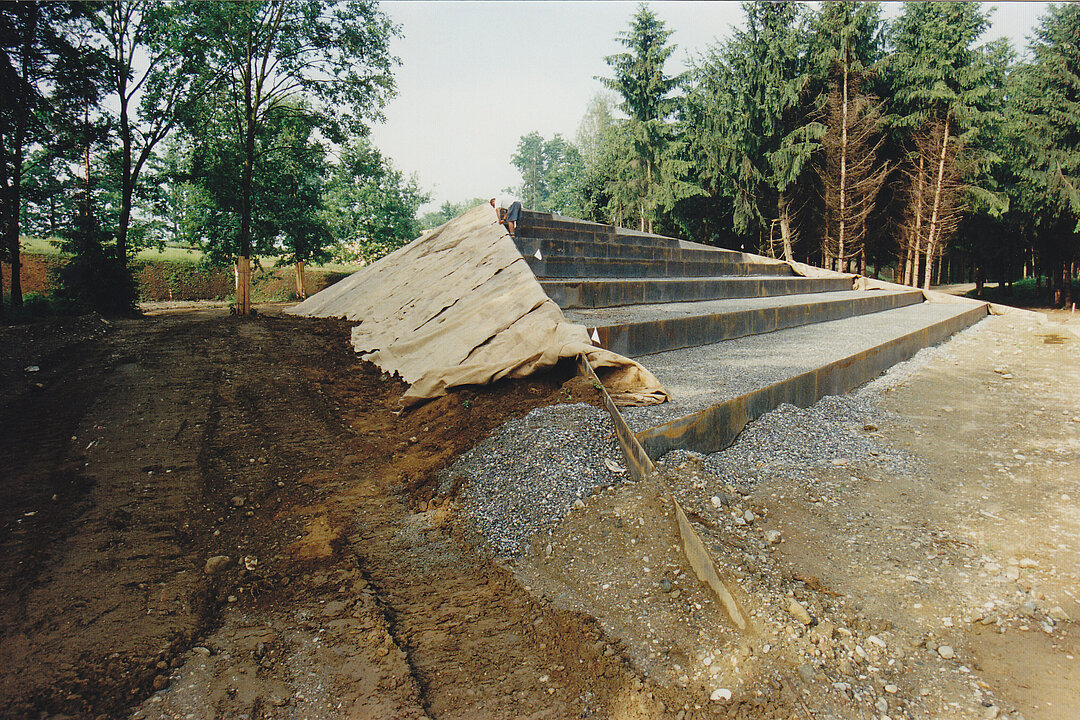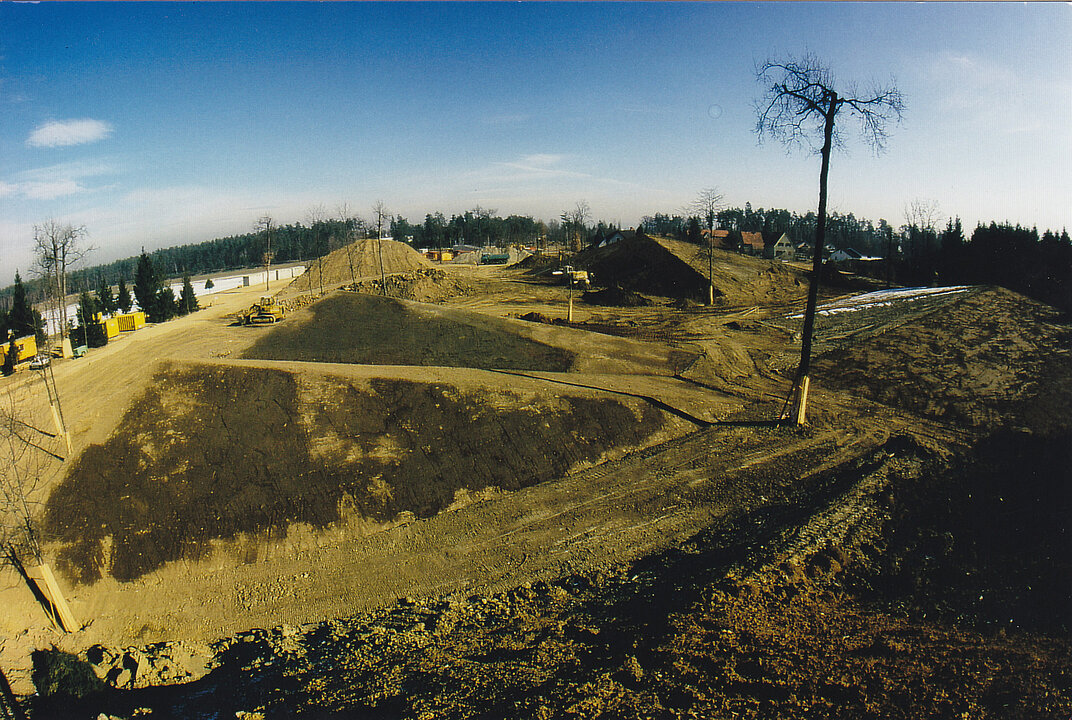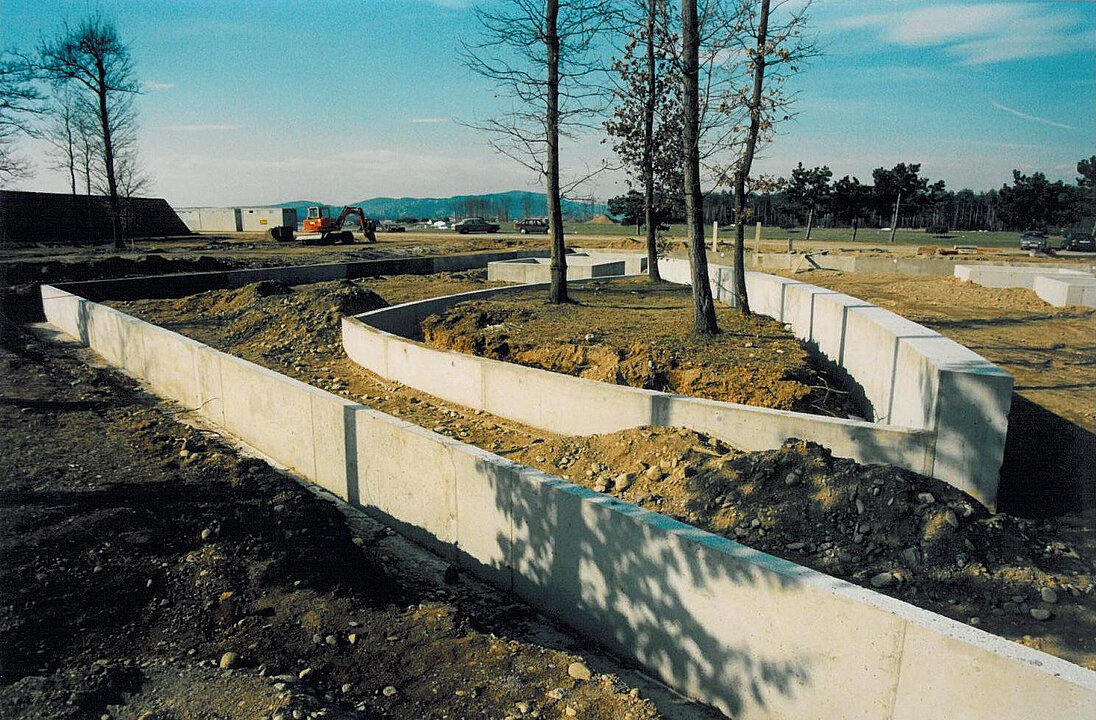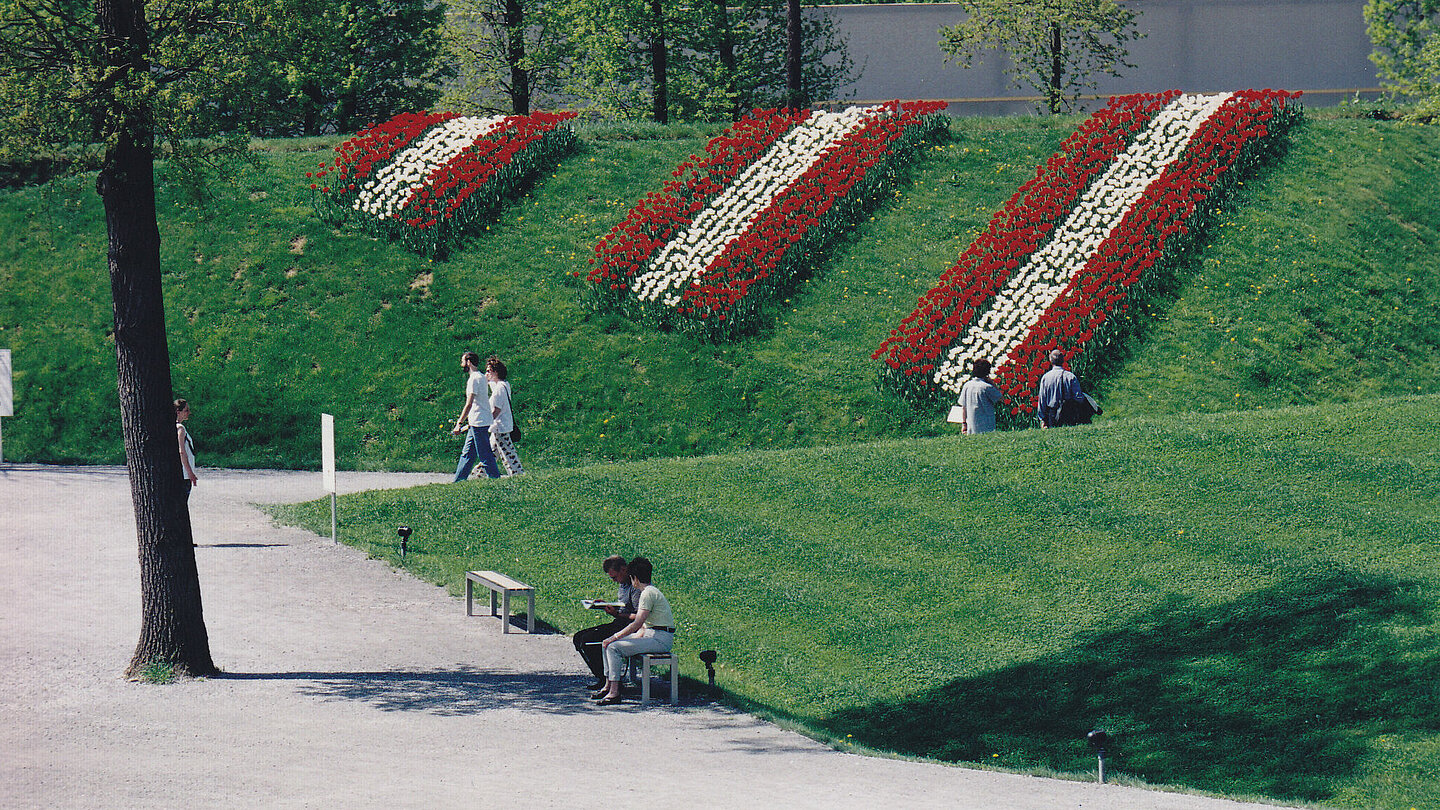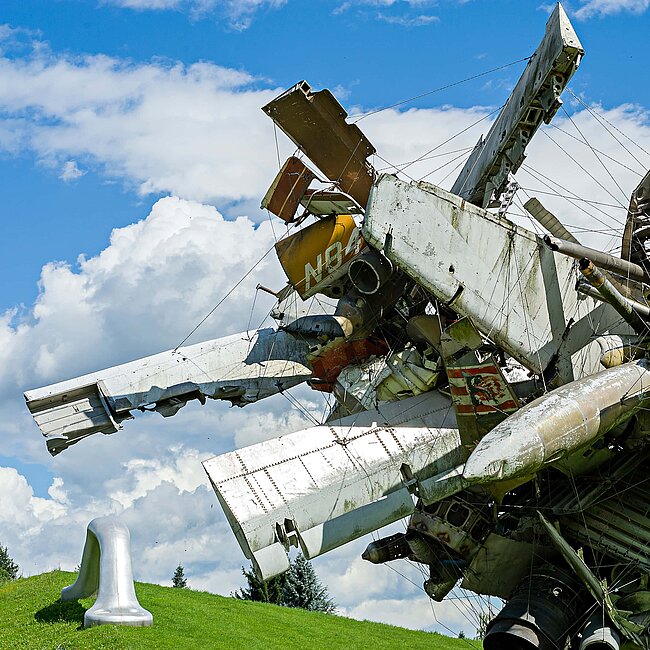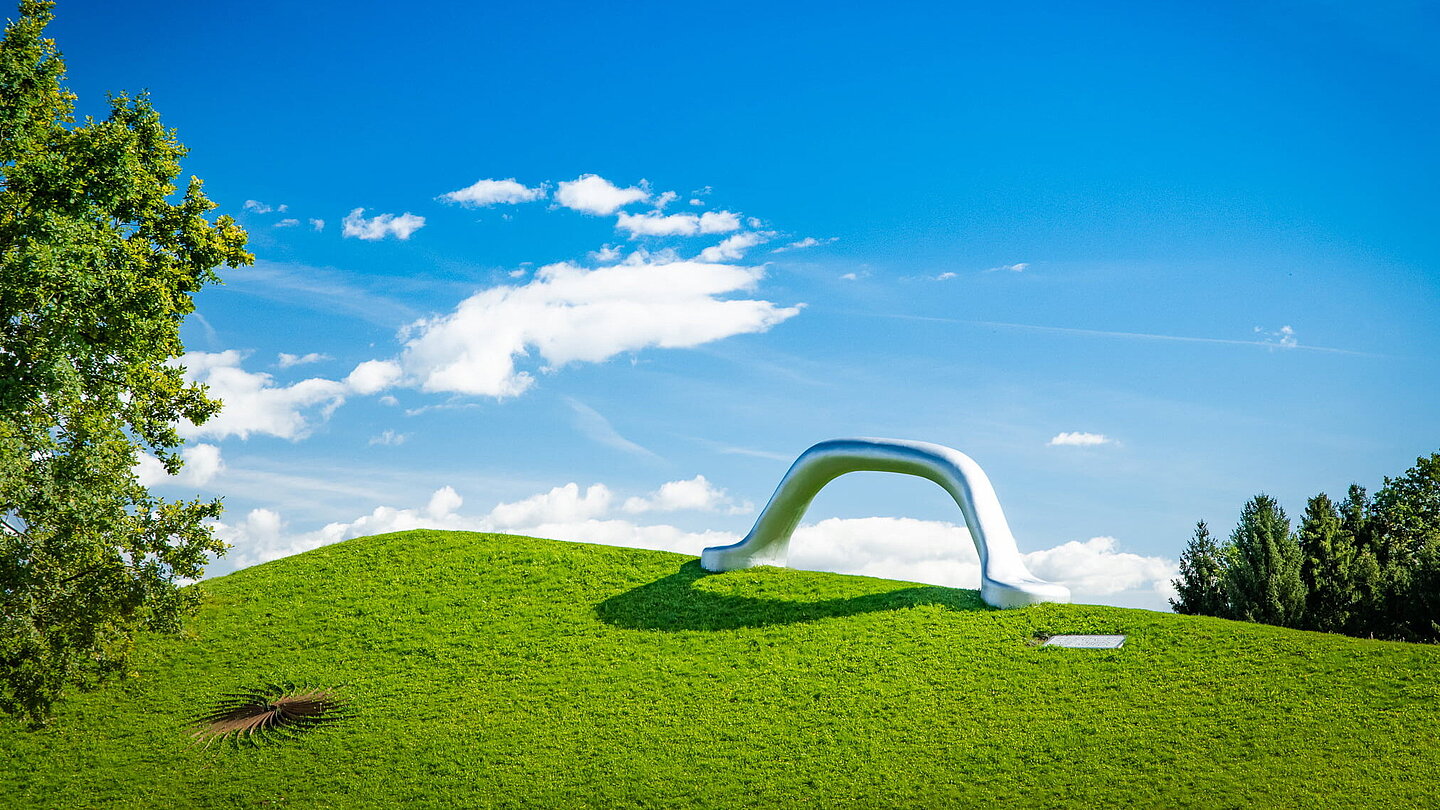Emil Breisach, former managing director of the ORF Styrian provincial studios, sustained the notion that contemporary sculptures and viewers need to be granted a lieu of inter-action in public space and not only in museums. In 1981 he began to show works on the grounds of the studio which were the starting point for the idea of creating an adequate placement for Austrian sculpture in correspondence with international art.




















